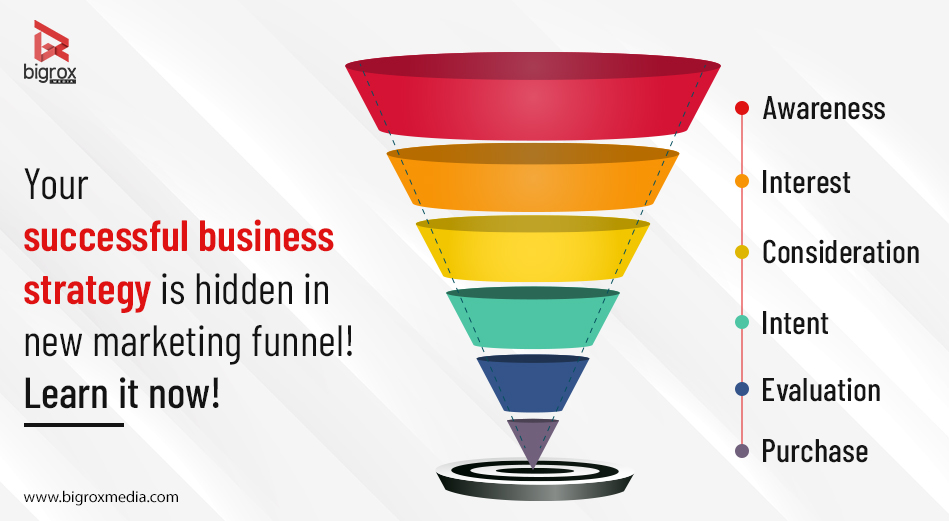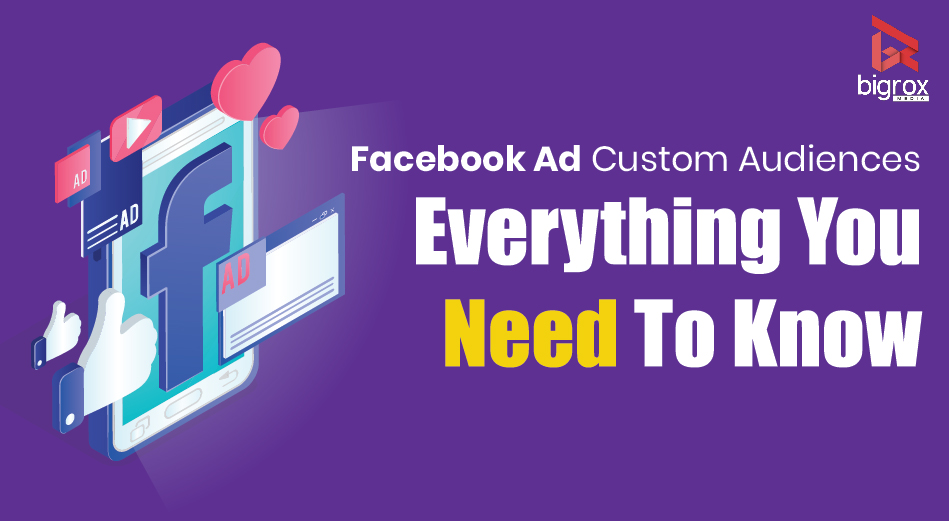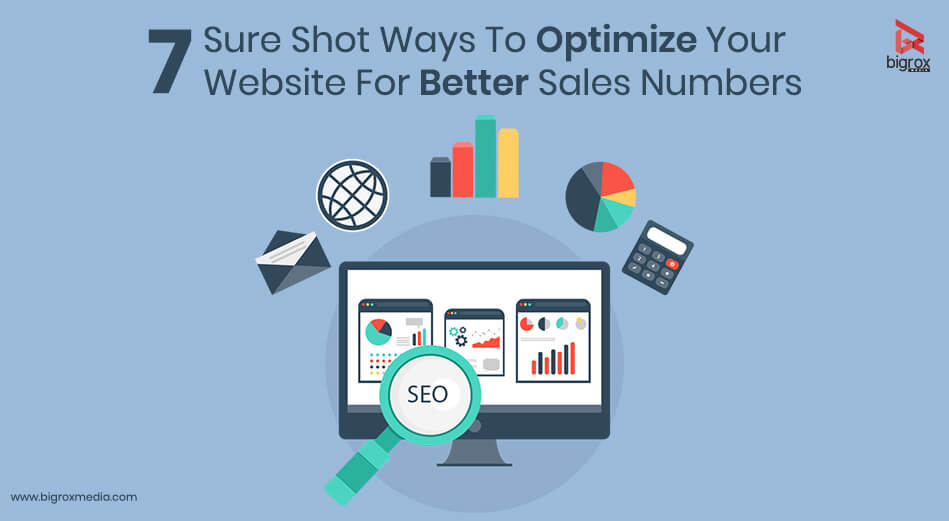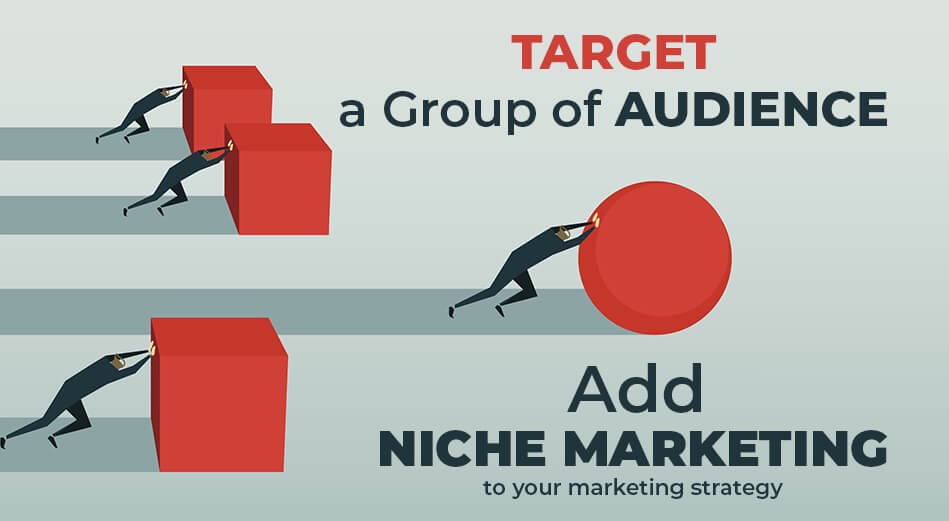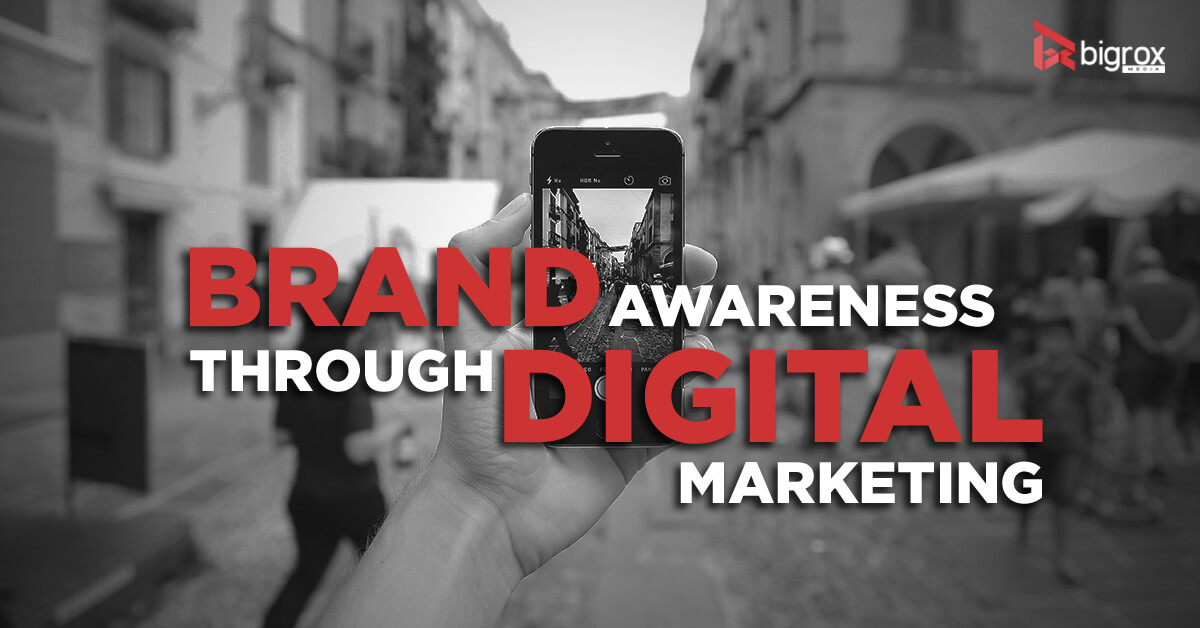The last few years have witnessed a significant buildout in digital video advertising trends. Online surveys and reports are pointing to further evolution of and development within video advertising as a marketing strategy to help boost sales efforts for a particular organisation. Moreover, the digital video advertising format has opened up new avenues for marketers to directly engage with consumers, thus making it a key marketing strategy for successful organisations.
Almost all content marketing trends have a tendency to remain largely unpredictable since the behavioural patterns of internet users are by and large unpredictable. Video advertising trends are no exception to this rule. However, what can be studied is the cause and effect of marketing strategies in retrospect, which can thus help us capitalize on these trends.

The Internet Advertising Bureau (IAB) Report for 2017 points to significant growth in internet advertising within the global digital video sector. This pan industry survey specifically highlights how the digital video advertising revenue escalated to USD 2.7 billion in Q2 of 2017, which is approximately 33% higher than the Q2 results of 2016. On the other hand, USA based market research company, eMarketer has predicted a 24% growth rate in digital video ad spend. Thus, the growth rate will predictably go from USD 13.23 billion in 2017 to a projected amount of USD 22.18 billion by the year 2021.
While the above estimates may be mere numbers on paper, what they really point to is the fact that more and more companies are investing in the digital video format of advertising to boost sales efforts. Digital video advertising is surely the way forward in the realm of internet trade and here’s a look at some of the trends that are contributing to this shift in video consumption, along with how these trends can be utilised to help boost your sales.
Video Engagement Far Outnumbers Other Formats
Statistics, surveys, and consumer behaviour all point to what is already apparent in the marketing world. That is, among all content marketing formats, video advertisements are number one performers at the moment and will continue to retain this position in the time to come.
When you compare the data for other digital formats such as blogs, podcasts, newsletters, infographics, etc to the digital video format, you find that the average video consumption of the daily user far outnumbers the other formats. Statistics report that the average consumer spends one-third of their online activity time watching videos.
According to Forbes, at least half a billion internet users, i.e. 500 million users watch videos on Facebook every single day. Although not all of them are following advertisements in their online time; perhaps some are tuned into their favourite sport while others are hooked to viral online content. A flexible percentage of these users are out there looking up videos that explain technicalities of their respective fields in an easy and accessible manner. A student who cannot understand a particular formula, for example. Or a working woman who wants to figure out how to make something work to her advantage. A certain number of these users, more often than not, are also looking to buy a particular product or service.
Nevertheless, fact remains, that video engagement has far outnumbered other formats of internet engagement and this is a trend to capitalize on in a fashion that works to the advantage of marketers while not disturbing the viewing experience of the internet user.
A Consumer Shift from TV Ads to Digital Ads
Videos are one of the most consuming ways of engagement and that is perhaps why the television flourished for as many decades as it did. It provided an alternate tool for passing time after school or after work for generations of people out there. It went on to become the number one source of information, entertainment, news, and even music. With the outbreak of the internet, however, all that changed.
Furthermore, the invention of personal devices and their respective advancements in technology has today resulted in the decline of traditional tv viewing. This is especially true for younger generations across the spectrum.

What has lead to this shift? Newer technologies being applied to personal devices, faster internet speeds, and a plethora of content that caters to all kinds of audiences across age groups, social strata, and geographical distances. However, the what is not as important as how this shift can be utilized to work in favor of businesses and marketers looking for newer avenues to reach out to key audience groups.
Digital video has opened up the path for marketers to reach their target audience through powerful and engaging video marketing tools. This has resulted in companies shifting their tv video ad budgets to digital video ads, with 71% of marketing professionals swearing by the fact that digital video is as or more effective a marketing tool than tv viewing.
According to comScore, the average consumer spends a good 16 minutes and 49 seconds a month watching online video advertisements. Statistics report that at least 46% of internet users actually take action after viewing an advertisement online. Of these 46%, at least
- 26% viewers go on to search details about the product in the video
- 22% follow up by visiting the website mentioned in the ad
- 12% actually purchase the product being advertised
The effect of television advertisements, in comparison, cannot be calculated down to the smallest decimal simply because there is no clear method of recording tv consumer behavior.
Lower Production Costs Combined With Greater ROI
Thus far, production cost has been the number one hurdle for marketers to produce online video advertising content. Add to that high distribution costs and low shelf life of video advertisements. Today’s consumer bracket is constantly in a state of transition, always on the lookout for the next big thing to satiate them. At the same time, a marketer cannot compromise on quality because it directly translates to losing your audience. Catering to the viewer’s consumption demands on so many levels implies constant production and distribution of fresh, premium content by the marketer. Getting sponsors on board for such high investment in video ad creation proved a challenge in the past.
The onslaught of internet advertising, however, has thankfully brought about a shift in production costs that are today adequately balancing out the demand and supply equation of content creation. The surge of video ad creation has lead to production houses cropping up, more projects being outsourced to small budget companies, and higher returns on investment. Bearing equipment costs has also become easier what with tech companies competing to produce the best quality equipment at affordable rates. Today, making of video advertisements is much more convenient than it used to be in the past for businesses on any kind of a budget, big or small.


According to a recent survey, 52% of marketing professionals are of the view that video content has the best ROI while 43% of consumers have openly acknowledged that they would like to see more video content from their advertisers.
Video ads have also brought about a shift in the relationship between marketers and consumers, with almost 50% of internet users depending on video advertisements to gain confidence in their choice of product or service before visiting the respective store for purchase. This communication between marketer and consumer through digital video ads thereby has lead to a greater involvement of the consumer in the creation of content while simultaneously allowing the consumer to gain knowledge and trust in what a brand is selling.
Studies prove that video advertisements can hike up a company’s sales by a good 80%. Companies that invest in video ads as part of their marketing strategy find an overall increase in customer engagement, with higher click-through rates and higher conversion numbers. To forego investment in video advertising would mean losing out on customers who would rather migrate to other brands only on the basis of video content consumption.
Newer Tools for Implementing Marketing Strategies
A good video marketing strategy will have its facts and metrics in place before initiation. Now, with the evolution of marketing strategies over the years, most key players in video distribution are adequately owning up to their role in the game and continuing to develop their systems in order to cater to the demand of marketers. Top channels such as Facebook, YouTube, Vimeo, etc are constantly developing their built-in tools to help marketers effectively reach their audience.
The first and most important of these tools is video analytics. All video distribution channels have their own set of in-built tools to give you a detailed and comprehensive report of content performance by measuring views, likes, shares, subscribes, et al. These metrics are a good information guide to understand who is watching what and responding how. Detailed video analytics can help you make informed strategies on the basis of how long your audience is engaging with what kind of content and whether or not a particular strategy is working to your advantage.

The game of optimization tools doesn’t begin and end with video analytics, however. Content platforms are evolving in terms of how the user engages with the video content as well. New modes of engagement such as daily stories have cropped up across multiple social media platforms such as Facebook, Snapchat, Instagram and the like. Shorter attention spans have lead to a shift in how the user engages with digital content and thus platforms are constantly evolving to cater to this demand by exploring new dimensions that can be supplied by digital content.
Technologies such as augmented reality and virtual reality are becoming key players in how the user interacts with content. Multiple channels for uploading content such as the 360 degree video or the Facebook Live format are catering to the viewer’s demand for new and unfamiliar modes of interaction. Now is a good time to cash in on these formats, before the target audience itself moves on to another mode of content consumption.
Thus, online video advertising has become somewhat imperative for any brand trying to carve a niche for itself. To boost sales efforts, optimize brand visibility and generate a loyal customer base, video advertising must surely become an integral part of any marketing strategy.

